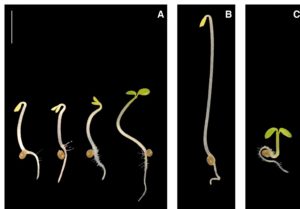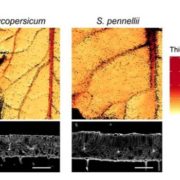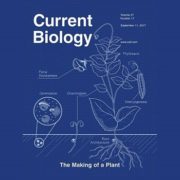Update: Seedling establishment: a dimmer switch-regulated process between dark and light signaling
By
 Abstract
Abstract
By being exquisitely sensitive to their light surroundings, plants are able to continuously adjust their growth to optimize fitness. Darkness is an important cue for plants and a time when they actively grow and develop through regulation of the appropriate gene networks and biochemical changes. Although plants might not posses “dark receptors”, inactive photoreceptors facilitate activation and inhibition of dark-specific processes, and thus darkness itself might be considered a signal triggering a myriad of responses. In this Update, we review the effects of dark and light signaling during seedling establishment. We describe the features of seedlings germinated in the dark and their switch in development upon emerging into the light. We examine how aboveground growth is regulated by the duration of dark/light cycles, and how circadian clock signaling is integrated. Finally, we discuss some of the challenges faced by young seedlings during their establishment, such as variations in temperature or in light quality and quantity. Although briefly mentioned, we do not cover in detail the contribution of sugars or temperature to seedling establishment in response to dark and light signals; we refer readers to excellent recent reviews (Franklin et al., 2014; Legris et al., 2017; Seluzicki et al., 2017). The emerging view is that of seedling establishment regulated as a dimmer-type switch where relative amounts of dark and light signaling dynamically optimize plant development to the surrounding light environment.









